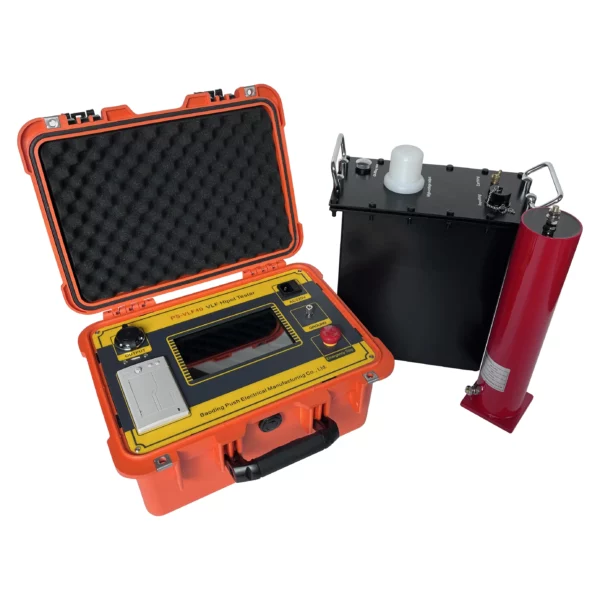Yes, an AC/DC hipot tester can be used for predictive maintenance in certain situations. Hipot testing, also known as dielectric strength testing, is commonly used to assess the insulation integrity and dielectric withstand capability of electrical equipment and components.
Predictive maintenance involves identifying potential issues or failures in equipment before they occur, allowing for proactive maintenance or repairs to prevent downtime or accidents.
AC/DC hipot testing can contribute to predictive maintenance efforts in the following ways:
- Insulation Integrity Assessment: Hipot testing can help identify insulation weaknesses or degradation in electrical equipment, such as transformers, cables, motors, generators, and switchgear. By subjecting the insulation to high-voltage stress, the tester can detect signs of breakdown or deterioration that may lead to future failures.
- Early Detection of Faults: Hipot testing can detect insulation defects, such as cracks, voids, moisture ingress, or contamination, before they result in catastrophic failures or breakdowns. By identifying these faults early, maintenance personnel can take corrective actions to prevent equipment damage or outages.
- Evaluation of Insulation Aging: Over time, insulation materials may degrade due to factors such as heat, moisture, mechanical stress, or chemical exposure. Hipot testing can assess the aging condition of insulation by measuring its dielectric strength under high-voltage stress. Trends in hipot test results over time can indicate the rate of insulation degradation and help predict future maintenance needs.
- Preventive Testing: Regular hipot testing as part of a preventive maintenance program can help identify potential issues in electrical equipment before they escalate into major problems. By scheduling periodic hipot tests according to manufacturer recommendations or industry standards, maintenance personnel can proactively monitor the health of critical equipment and take corrective actions as needed.
- Compliance Verification: Hipot testing may be required by industry standards, regulations, or equipment specifications to ensure compliance with safety and performance requirements. Regular hipot testing helps verify that equipment meets these requirements and can contribute to maintaining a safe and reliable operating environment.
However, it’s essential to note that hipot testing should be performed by trained personnel following established procedures and safety guidelines. Improper testing procedures or excessive voltage stress can potentially damage equipment or pose safety hazards to personnel. Additionally, hipot testing is just one part of a comprehensive predictive maintenance program and should be complemented by other techniques such as thermal imaging, vibration analysis, oil analysis, and visual inspections for a holistic approach to equipment health monitoring.
